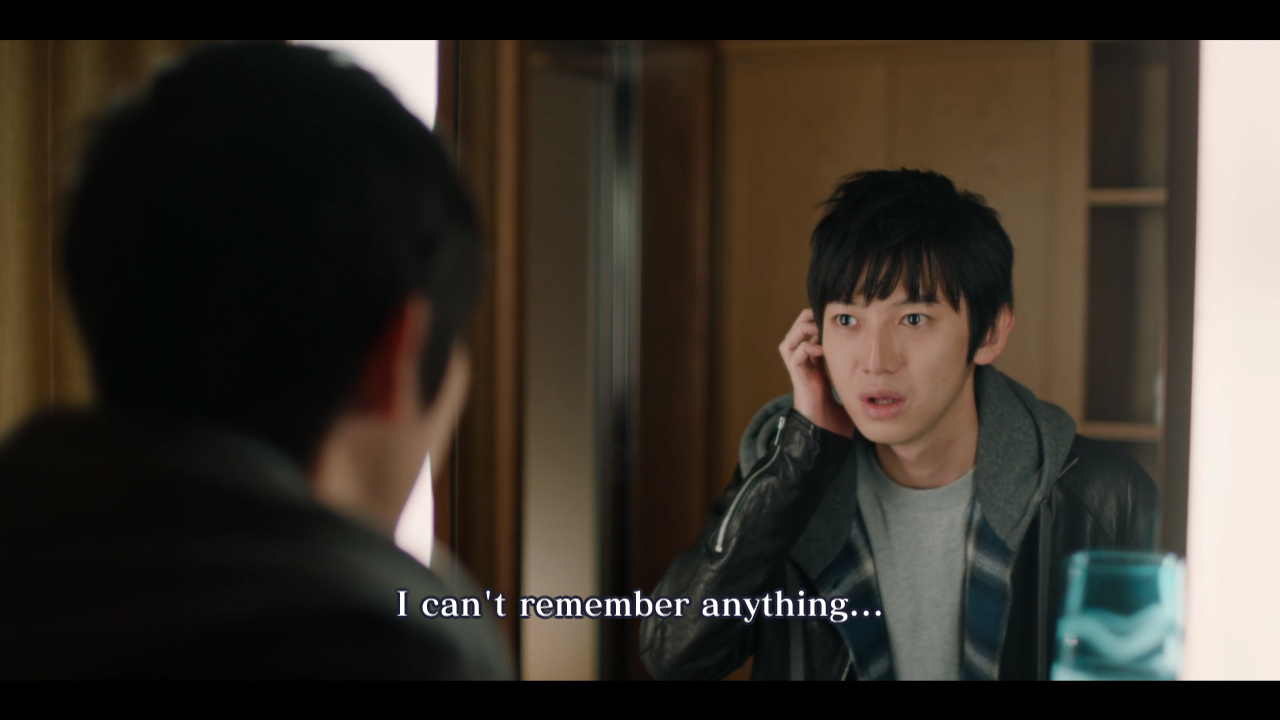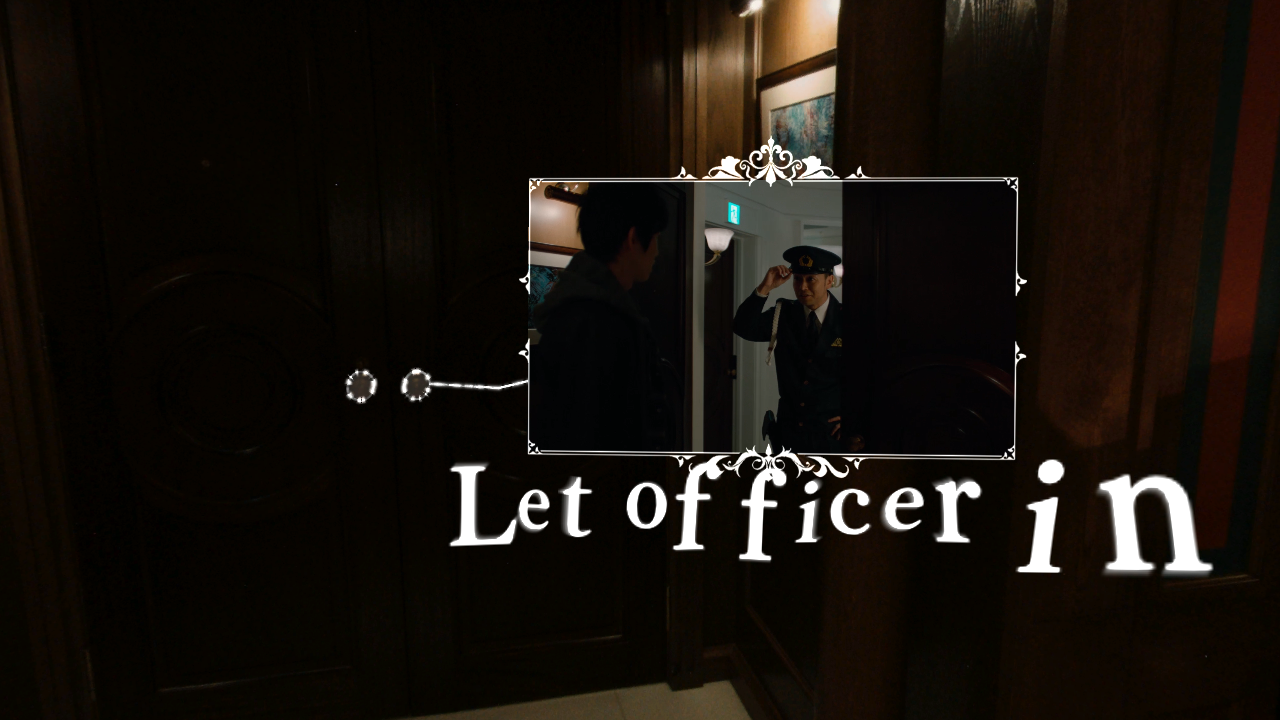Despite originating in the early 90s on systems such as the SEGA CD with titles like Night Trap, it seems like FMV adventure games have had a bumpy road finding their audience. While very recently titles such as Sam Barlow’s Her Story and Telling Lies have found critical and commercial success and indie titles, as a whole, FMV adventure games do not seem to have moved much further than their original gimmick phase of the 90s, save for maybe a few hidden gems, such as Phantasmagoria. One could argue that what made titles like Her Story and Phantasmagoria stand out were the creative forces of Sam Barlow and Roberta Williams, two incredibly accomplished video game writers who took the concept of implementing full-motion video with adventure game mechanics to create a completely original experience.
It’s because of this that when Danganronpa creator Kazutaka Kodaka announced that he would be writing and directing an FMV adventure game titled Death Come True, many people were intrigued as, coming off of the Danganronpa franchise and co-founding Too Kyo Games with Zero Escape creator Kotaro Uchikoshi, Kodaka had left himself a clean slate to experiment with any area of gaming that he wished. While it initially seemed like an interesting direction for a visual novel mastermind to take himself in next, especially after the divisive ending of Danganronpa V3: Killing Harmony, Kodaka’s first FMV outing feels like nothing more than a hollow, phoned-in effort.
To refrain from mentioning any spoilers, I’ll summarize the story with an official description from Too Kyo Games: “In a hotel room, there is a man lying on the bed. He wakes up to the piercing sound of the phone ringing. Picking up the phone, he hears a message from the hotel concierge, ‘If you have any trouble, please visit the front desk.’ He doesn’t even know why he is in the hotel. In fact, he doesn’t remember anything at all. As he begins to look around, he suddenly finds a woman tied up and unconscious. The evening news on the TV shows the man himself, allegedly wanted as a serial killer. Then comes the sound of knocking on the door.”
A pitch like this can go one of two ways, it can be a surprisingly fresh take on some played out, Japanese visual novel-esque storytelling tropes, or it can be the polar opposite and find itself riddled with said tropes and fail to conjure up any genuinely fresh ideas. I think we both know where this is going. Death Come True is certainly the latter. Plagued with tropes, bogged down by character archetypes done to death in previous Kodaka games and even downright recycling ideas from Danganronpa at times, Death Come True desperately clutches at something, anything to make itself feel original in a market that is quite possibly experiencing a Renaissance in Japanese auteur-lead video games thanks to important titles such as AI: The Somnium Files, NieR: Automata, and The Missing: J.J. Macfield and the Island of Memories. Even when Death Come True is at its most unique stylistically, it still echoes other, better independent titles released in the past decade. Even hardcore Danganronpa fans will feel too familiar with the tropes found in the game’s narrative to feel like this is a genuine continuation of Kodaka’s writing talents.
This isn’t aided one bit by the fact that, despite being an FMV title, Death Come True’s acting is downright cringe-inducing at times. This is mostly down to Kodaka’s general writing style being far more suited to anime and visual novel writing styles as when it is adapted to live-action, it is unbearably cheesy and the Takashi Miike brand. Production values are also below-amateur at times, while the game does implement some impressive looking visual effects at points, the actual acting, set design, choreography and UI of the choice-based gameplay all feel far, far below average. Since the game also follows a linear narrative, most of the choices found in the game also end up being irrelevant, meaning the game will kick you back to the last turning point and force you to choose again, almost completely removing the player’s involvement entirely. There are points where this is used to creative effects, but far too often I found myself wondering why I had been given an option at all.
The player’s rewards for choosing each and every scenario in the game are ‘Death Medals’, which unlock bonus videos to watch that include behind-the-scenes footage and flesh out the game’s narrative…at least, I think they do, because in a baffling and bizarre turn, none of the bonus videos are subtitled, meaning that the player’s reward for squeezing everything out of the game is completely useless, at least to non-Japanese speaking/reading players, that is. This is an honestly shocking misstep that only reminds me of similarly awful titles, such as Human Head Studio’s The Quiet Man, a game that launched without any audio for the gameplay and cutscenes and played it off as a deliberate choice, making me wonder if this is the same, ridiculous case.
Death Come True is an almost disastrous byproduct of a genuinely talented team that feels only recommendable to the most hardcore of Danganronpa fans that would follow its creator to the end of the Earth. Its gameplay is without any consequence, its production values almost completely lacking and its most original ideas still aren’t even its own. It’s a shame this 2-3 hour adventure game didn’t launch as a Netflix experience a-la Black Mirror: Bandersnatch because it’s not worth owning.
Developer: Too Kyo Games
Publisher: Izanagi Games
Platforms: Nintendo Switch, Android, iOS
Release Date: 25th June 2020
Gaming Respawn’s copy of Death Come True was supplied by the publisher.






